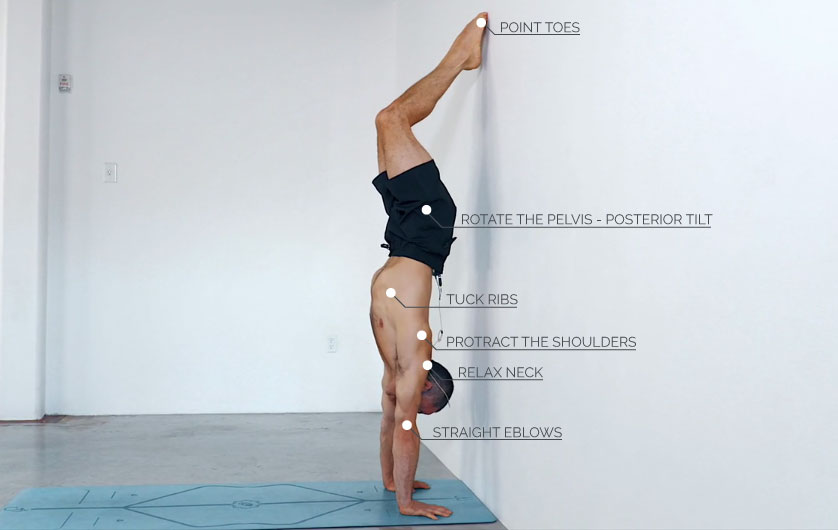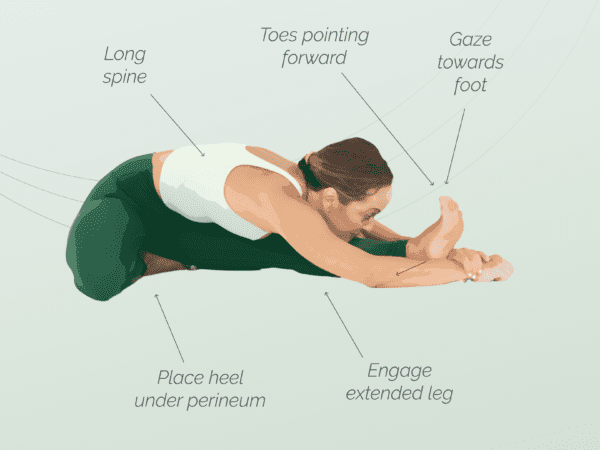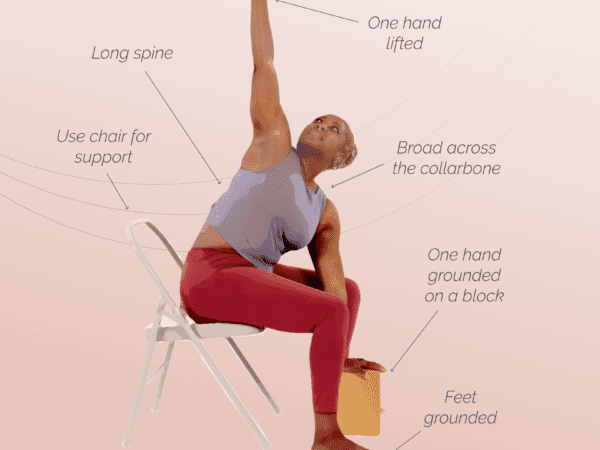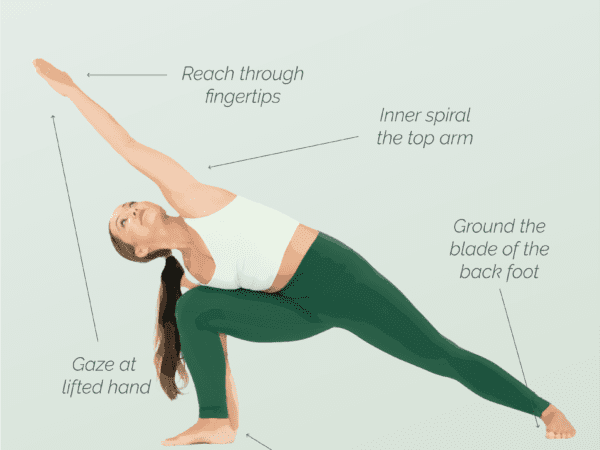I love being a student. There is something magical about learning from a true master. While I make time to study with my yoga teacher every chance I also love to study with hand-balancing masters every chance I get. In the world of handstands there are few people who have devoted themselves to the mastery of hand-balancing than Yuval Avalon.
As one of the most sought-after high level handstand trainers in the world, he has years of personal experience in gymnastics and circus performance as well as an unparalleled passion to teach. While his physical structure and pure muscle mass is impressive, Yuval is not interested in forcing people into bootcamp or teaching conditioning exercises. He wants his students to grasp the subtlety and grace of the art of handstands. Rather than just building bulk Yuval is a technical master who is able to adjust his alignment-focused teaching to all levels.
I had the opportunity of training with him for a few days in Miami this year and he shared some of his magical tips with me.
The phrase that I can still hear Yuval saying in my head is “Rotate the pelvis”. When we started doing planks in order to lift up, he cues to rotate the pelvis to lift up. When your feet are against the wall in what he calls the small-tuck position, he cues to rotate the pelvis to bring the torso into the vertical line. The small-tuck position is one of Yuval’s go-to position for handstand training. The small-tuck is a handstand with the knees only slightly bent so that the knees remain far away from the chest, the back straight, the toes pointed and the body aligned along the vertical axis. He has his students use the wall to maintain balance while focusing on the rotation of the pelvis. Yuval asks students to both practice the small-tuck shape with the backs facing the wall and also with the chest against the wall. Then, when it’s time practice handstand mounts and entries he cues you to rotate the pelvis to prepare. When your back is pressed against the wall to build awareness of the vertical line he begins with his favorite cue to rotate the pelvis. While it may seem simple and you may think you’re already doing it, placing special emphasis on the small movements of the body make a big difference in the success of any advanced movement. When you rotate your pelvis it encourages both an activation of the pelvic floor and the lower abdominal muscles. Holding the pelvis in a posterior tilt also flattens the lower back and minimizes the “banana” shape in handstands that can dump weight into the lower back. Rotating the pelvis also encourages awareness around the center of gravity which is one of the most efficient places to initiate movement from.
Since studying with Yuval I’ve applied his techniques to my handstands and gained strength and ease. Every circus performer or gymnast that I’ve taken a handstand class from asked me to engage my glutes in handstand. But only when Yuval cued me to “rotate the pelvis” did I really understand the deeper implication of activating the glutes that other teachers had asked for. At any moment you can squeeze your glutes, but to rotate the pelvis is a small articulate movement that recruits all the muscles of the pelvic floor and establishes a more subtle realm of body intelligence. You could be squeezing your glutes without much success if your pelvis isn’t in position. Whereas if you rotate the pelvis to a posterior tilt before you engage the glutes, then the muscles will come on to support an alignment that emanates from the center of the body, that is, true core strength.
If haven’t checked out Yuval’s course on Omstars yet and you love handstands I strongly recommend you watch and, of course, rotate the pelvis. To truly find out what all his handstand secrets are you’ll have to watch the course, apply his techniques and practice. But I hope this gives you a good start and a little inspiration.
Start your 14-day Free Trial with Omstars Today!
By Kino Macgregor










